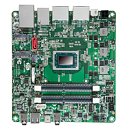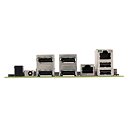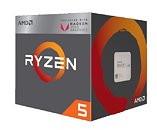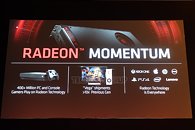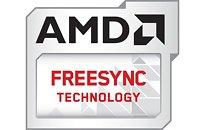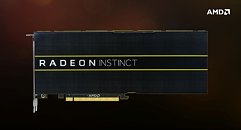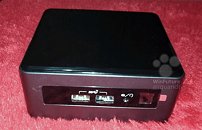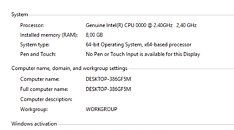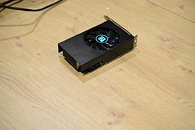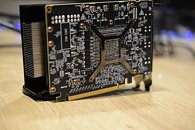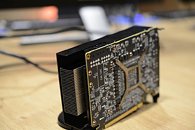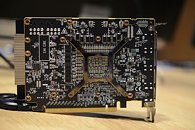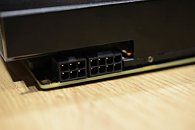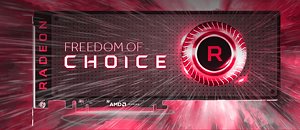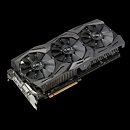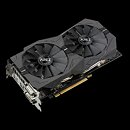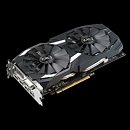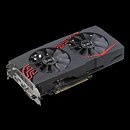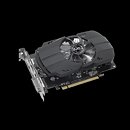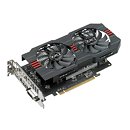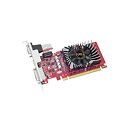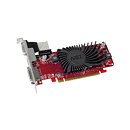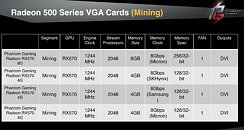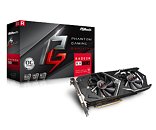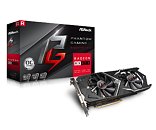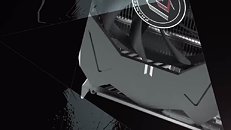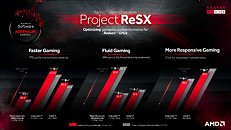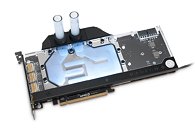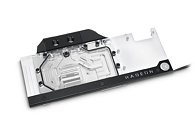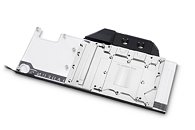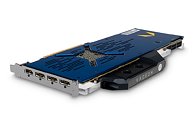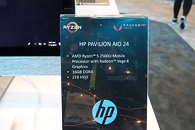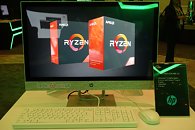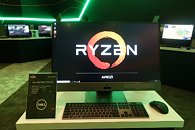
AMD Releases Radeon Software Adrenalin 18.8.1 Beta Drivers
AMD today released version 18.8.1 beta of its Radeon Software Adrenalin drivers that keep your graphics card's performance equal to that of a well/oiled machine (figuratively, of course). The new software version brings driver-level support and improvements for the upcoming (and highly awaited) Monster Hunter: World. for that game, this driver release promises up to 5% and 6% increased performance on AMD's RX Vega graphics card and RX 580, respectively, compared to AMD's 18.6.1 driver release at 1080p.
This driver also adds support for World of Warcraft : Battle for Azeroth, We Happy Few, and Madden NFL 19. Another interesting additions are the extended functions for the Vulkan API, supporting more commands than previous driver versions. As always, you can download these drivers right here on TPU - just follow the link below. Feel free to jump towards after the break for some more details on this driver release.DOWNLOAD:AMD Radeon Software Adrenalin 18.8.1 Beta
This driver also adds support for World of Warcraft : Battle for Azeroth, We Happy Few, and Madden NFL 19. Another interesting additions are the extended functions for the Vulkan API, supporting more commands than previous driver versions. As always, you can download these drivers right here on TPU - just follow the link below. Feel free to jump towards after the break for some more details on this driver release.DOWNLOAD:AMD Radeon Software Adrenalin 18.8.1 Beta





